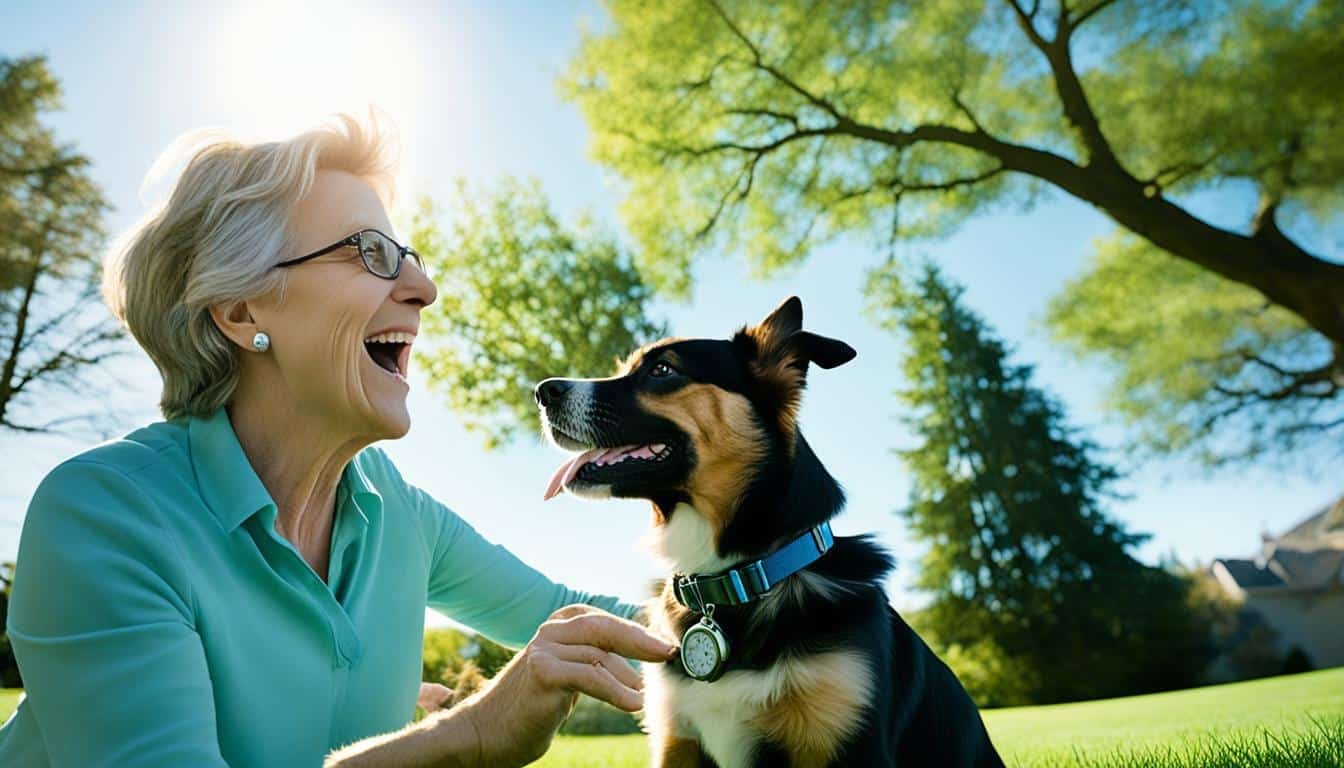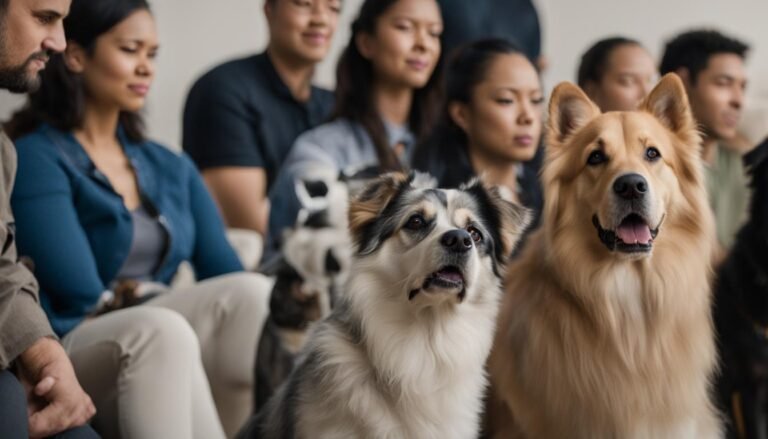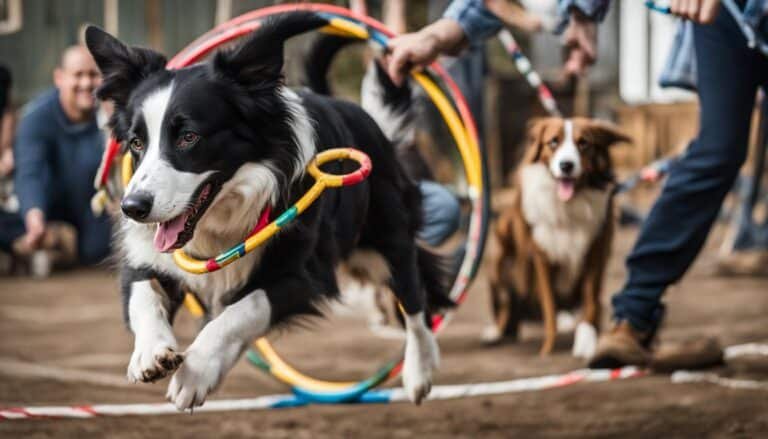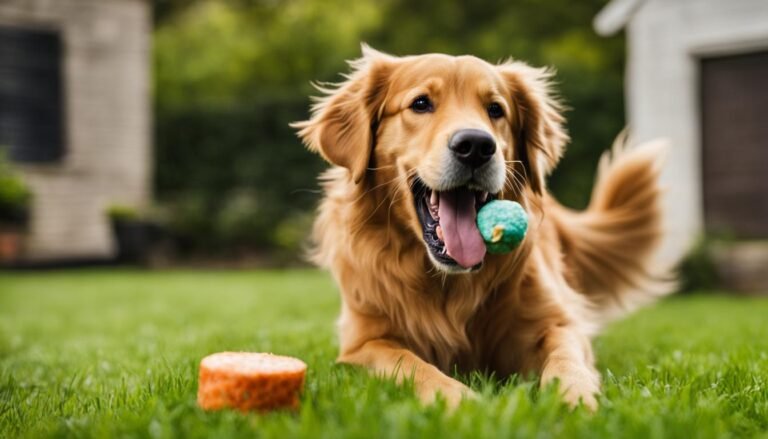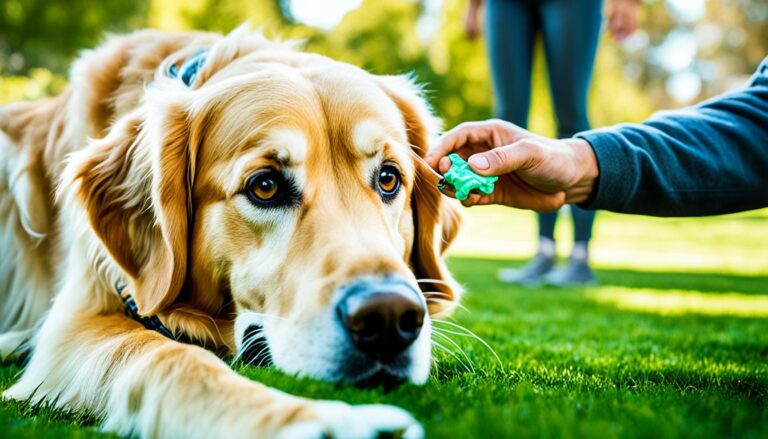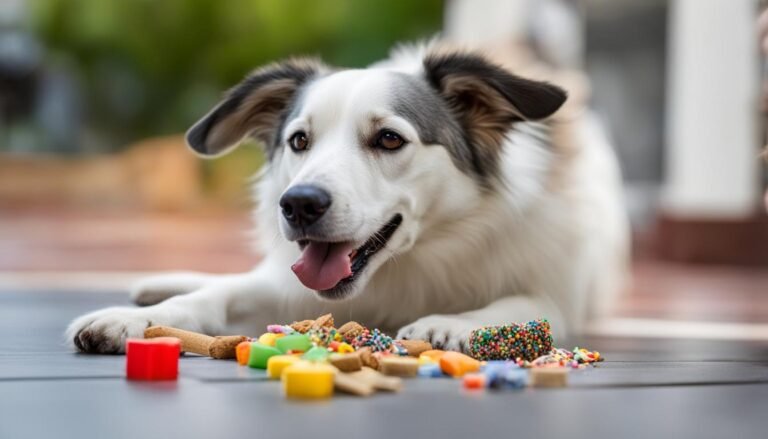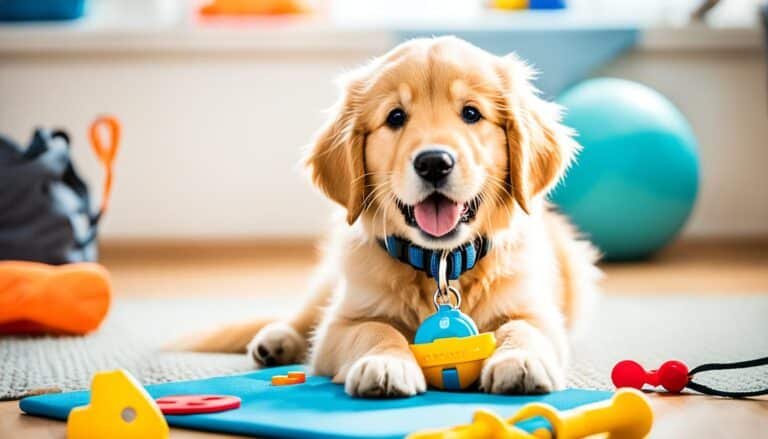How to Train a Dog to Shake Hands
Imagine this: you’re at a social gathering with friends and family, and your dog, Max, is happily mingling with everyone. As the conversation flows, you casually mention that Max can shake hands. Intrigued, your friends ask you to demonstrate. With a quick command, Max extends his fuzzy paw, impressing everyone with his well-mannered gesture.
Teaching your dog to shake hands is not only a charming trick but also a testament to the positive bond you share. Utilizing effective dog training techniques, such as positive reinforcement, you can easily teach your furry friend this adorable skill.
In this article, we will guide you through the steps of training your dog to shake hands, explore the benefits of this training, offer tips for a successful training experience, troubleshoot common challenges, discuss generalizing the behavior, and emphasize the importance of ongoing training. By the end of this article, you’ll have all the tools you need to teach your dog this impressive trick and strengthen your bond along the way.
The Benefits of Teaching Your Dog to Shake Hands
Teaching your dog to shake hands goes beyond just a fun trick. It can also help build a strong bond with your dog through training and improve their overall behavior. By training your dog, you are establishing a line of communication and teaching them self-control. This obedience training provides mental stimulation for your dog and can help prevent behavior problems. Training and positive reinforcement also build trust and mutual respect, creating a harmonious relationship.
Tips for Successful Dog Training
Training your pup to shake hands can be a rewarding experience for both you and your furry friend. To ensure successful obedience training for dogs and effective handshaking dog commands, here are some essential tips to keep in mind:
- Use positive reinforcement techniques: Reward your dog with treats, praise, and play whenever they exhibit the desired behavior. Positive reinforcement helps establish a strong connection between the behavior and the reward, encouraging your pup to repeat it.
- Be patient and consistent: Dog training requires patience and consistency. Dedicate regular training sessions, keeping them short and focused, ideally lasting 5-10 minutes per day. Consistency in training builds understanding and helps your dog grasp the commands more effectively.
- Use clear and consistent cues: When training your pup to shake hands, use a clear and consistent command like “shake.” Ensure that everyone in your household uses the same command, avoiding confusion for your furry friend.
- Gradually increase difficulty: Once your dog learns the basic handshaking behavior, gradually introduce distractions or change the training environment. This helps your pup generalize the behavior, making them responsive even in challenging situations.
- Avoid scolding or punishment: If your dog doesn’t perform the behavior correctly, avoid scolding or punishing them as it can create anxiety and hinder their learning progress. Instead, offer encouragement, redirect, and try again.
- Practice in various locations: To reinforce learned behaviors, it’s crucial to practice training in different locations. This ensures that your dog understands that the handshaking command applies universally, regardless of the surroundings.
Following these tips will help you establish effective obedience training for your dog and successfully teach them the handshaking command. Remember, training your pup requires patience, consistency, and positive reinforcement to build a strong and trusting bond.

Troubleshooting Common Challenges in Training
While teaching your dog to shake hands, you may come across a few challenges. Don’t worry, these challenges can be overcome with patience and the right approach. Here are some common challenges and how to tackle them:
1. Dog doesn’t offer the behavior
If your dog doesn’t immediately offer their paw when you ask them to shake hands, don’t fret. Be patient and wait for them to figure out what you want. Click or praise and reward them whenever they show any attempt to paw at your hand. With consistent positive reinforcement, your dog will eventually understand the desired behavior.
2. Dog paws too aggressively
Sometimes, a dog may get a little too excited and paw too forcefully when asked to shake hands. In such cases, it’s important to stop the interaction and redirect them to a gentler touch. Gradually shape and reward a softer pawing behavior by rewarding them when they use a gentler touch. This helps them understand the appropriate level of force for shaking hands.
3. Dog offers the wrong paw
It’s not uncommon for a dog to offer the wrong paw when learning to shake hands. Instead of correcting or chastising them, calmly wait until they offer the correct paw. Once they do, reward and praise them. This approach reinforces the correct behavior and helps them understand what you’re asking for.
4. Dog becomes nervous or uncertain
Sometimes, a dog may become nervous or uncertain during training sessions. If this happens, it’s important to go back to the previous step where they were successful and comfortable. Slowly reintroduce the challenging step and ensure they feel confident before moving forward. By taking it slow and building their confidence, you can overcome their uncertainty and continue making progress in their training.
Generalizing the Behavior
To ensure that your dog can perform the “shake” behavior in various settings, it’s important to generalize the training. Practice in different locations with increasing levels of distraction to help your dog remain successful.

In these new environments, maintain high rates of reward to keep your dog motivated and focused. Remember, dogs don’t generalize behaviors as humans do, so practicing in different places helps them understand that the behavior is expected in any situation.
The Importance of Continuing Training
Dogs require ongoing training to maintain learned behaviors and prevent regression. It is a common mistake for many dog owners to assume that their dogs have mastered a behavior after initial training. However, dogs need regular reinforcement to ensure they understand and remember commands.
To keep your dog well-behaved and responsive to commands, it is crucial to incorporate short training sessions into your daily routine. By consistently rewarding and praising your dog for performing desired behaviors, you reinforce their learning and solidify the training.
By continuing training, you not only strengthen the bond with your dog but also ensure their long-term success in obedience. Dogs are intelligent animals, but they thrive on consistency, repetition, and positive reinforcement. Through ongoing training, you can maintain their learned behaviors and prevent them from regressing.
